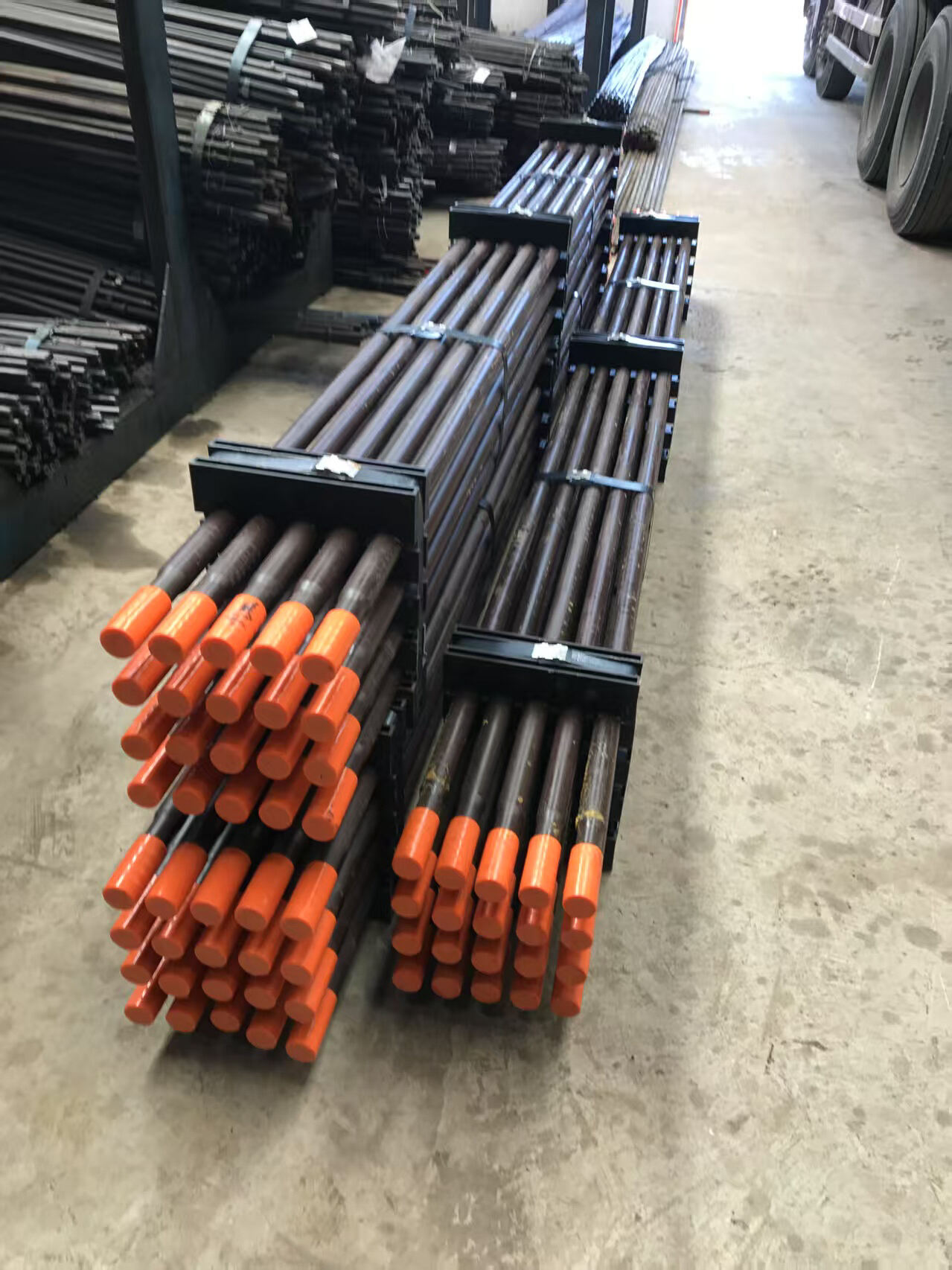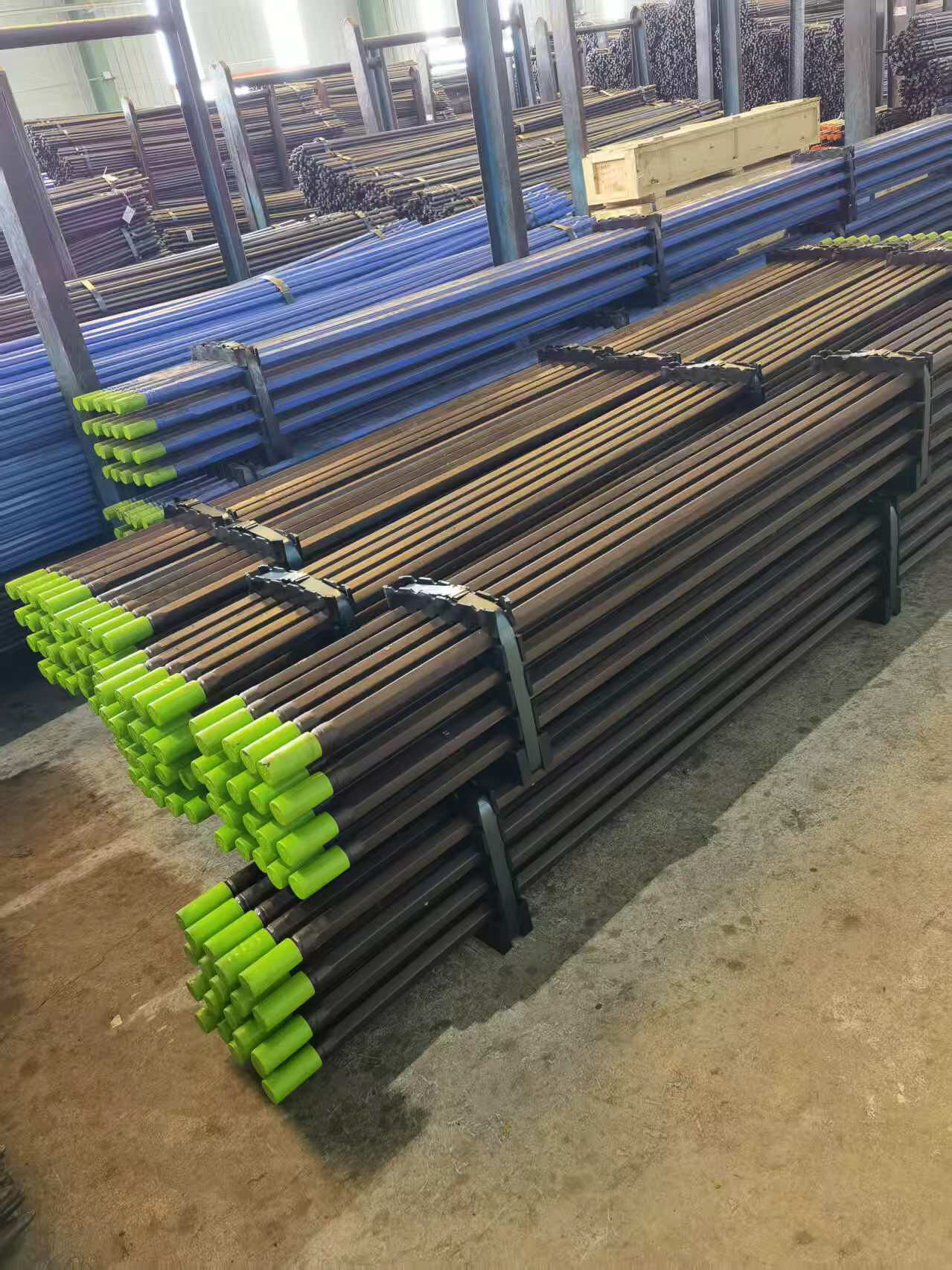The Ultimate Guide to Selecting Professional-Grade Hammers
When it comes to essential tools, a top hammer stands as the cornerstone of any toolkit. Whether you're a professional contractor, dedicated DIY enthusiast, or occasional home improver, choosing the right hammer can significantly impact your work quality and efficiency. This comprehensive guide explores everything you need to know about selecting and using premium hammers in 2025, incorporating the latest innovations and expert insights from industry veterans.
The hammer market has evolved considerably, with manufacturers introducing advanced materials, ergonomic designs, and specialized features. Understanding these developments is crucial for making an informed purchase decision that matches your specific needs and working style.
Essential Components of Premium Hammers
Handle Materials and Construction
Modern top hammer designs feature various handle materials, each offering distinct advantages. Fiberglass handles provide excellent vibration dampening and durability, while traditional wooden handles offer classic feel and replaceable functionality. Steel handles, though heavier, deliver unmatched durability and are often preferred in industrial settings.
The connection between handle and head deserves particular attention. Premium models utilize advanced bonding techniques and often incorporate overstrike protection. This crucial feature prevents handle damage when missing the target, significantly extending the tool's lifespan.
Head Design and Materials
The hammer head's composition dramatically influences its performance and longevity. High-carbon steel remains the industry standard, but manufacturers now offer specialized alloys that provide superior strength while reducing weight. Some top hammer models feature surface treatments that prevent rust and minimize wear.
Face patterns vary from smooth to milled, with each design serving specific purposes. Smooth faces excel in finish work, while milled faces provide better grip when driving nails. The latest models often include both options, offering versatility for different applications.

Specialized Features for Different Applications
Construction and Framing Hammers
Construction professionals require top hammer models with specific characteristics. Heavier heads, typically ranging from 20-32 ounces, provide the necessary force for framing and heavy-duty applications. Magnetic nail starters have become increasingly common, allowing for one-handed nail placement in challenging positions.
Side nail pullers and curved claws optimize nail removal efficiency, while textured grip surfaces ensure secure handling in wet conditions. Some models now incorporate shock-absorbing technologies that significantly reduce arm fatigue during extended use.
Finishing and Detailed Work
For finish carpentry and detailed woodworking, lighter top hammer options prevail. These models typically weigh between 12-16 ounces and feature refined balance points for precise control. Smooth faces prevent surface marring, while specialized striking caps protect delicate materials.
Enhanced grip designs accommodate various hand positions, essential for detail work in confined spaces. Some manufacturers have introduced adjustable face plates, allowing users to switch between different surface patterns without changing tools.
Ergonomic Considerations and Safety Features
Handle Design and Grip Technology
Ergonomic advancement in top hammer design focuses on reducing user fatigue and preventing repetitive stress injuries. Contoured handles with multiple grip positions accommodate different working angles and user preferences. Anti-slip materials and textured surfaces ensure secure handling even with gloved hands.
Weight distribution plays a crucial role in reducing strain during extended use. Modern designs carefully balance head weight against handle length, optimizing swing momentum while maintaining control.
Impact Absorption and Vibration Control
Progressive manufacturers have implemented sophisticated vibration-dampening systems in their top hammer models. These features significantly reduce shock transmission to the user's arm, allowing for longer working periods with less fatigue.
Some premium models incorporate dual-density grip materials and internal damping mechanisms. These innovations help prevent common issues like tennis elbow and carpal tunnel syndrome, particularly important for professionals who use hammers extensively.
Maintenance and Care Guidelines
Cleaning and Storage Practices
Proper maintenance ensures optimal performance and longevity of any top hammer. Regular cleaning after use prevents rust formation and maintains grip effectiveness. A light coating of tool oil on metal surfaces provides additional protection against corrosion.
Correct storage is equally important. Keeping hammers in a dry environment and using protective covers for the heads prevents damage and maintains the tool's appearance. For wooden handles, occasional application of linseed oil helps prevent drying and cracking.
Inspection and Replacement Indicators
Regular inspection of your top hammer helps identify potential issues before they become safety hazards. Check for loose heads, handle damage, or excessive wear on striking surfaces. Any signs of splintering, cracking, or mushrooming indicate the need for immediate replacement or repair.
Professional users should establish routine inspection schedules, documenting wear patterns and maintenance activities. This practice helps predict replacement needs and ensures continuous safe operation.
Frequently Asked Questions
How often should a professional replace their hammer?
Professional users should evaluate their top hammer condition every 6-12 months, depending on usage intensity. Replace the tool if you notice significant wear, loose components, or structural damage. Some manufacturers recommend replacement every 2-3 years for heavily used hammers.
What makes a hammer suitable for all-day use?
An ideal top hammer for extended use combines proper weight distribution, effective shock absorption, and ergonomic handle design. Look for models with vibration-dampening features, comfortable grip materials, and a head weight appropriate for your typical applications.
Are titanium hammers worth the investment?
While titanium top hammer models command premium prices, they offer significant advantages for professional users. The reduced weight minimizes fatigue, while superior shock absorption protects joints and muscles. For daily heavy use, the initial investment often pays off through increased productivity and reduced physical strain.

